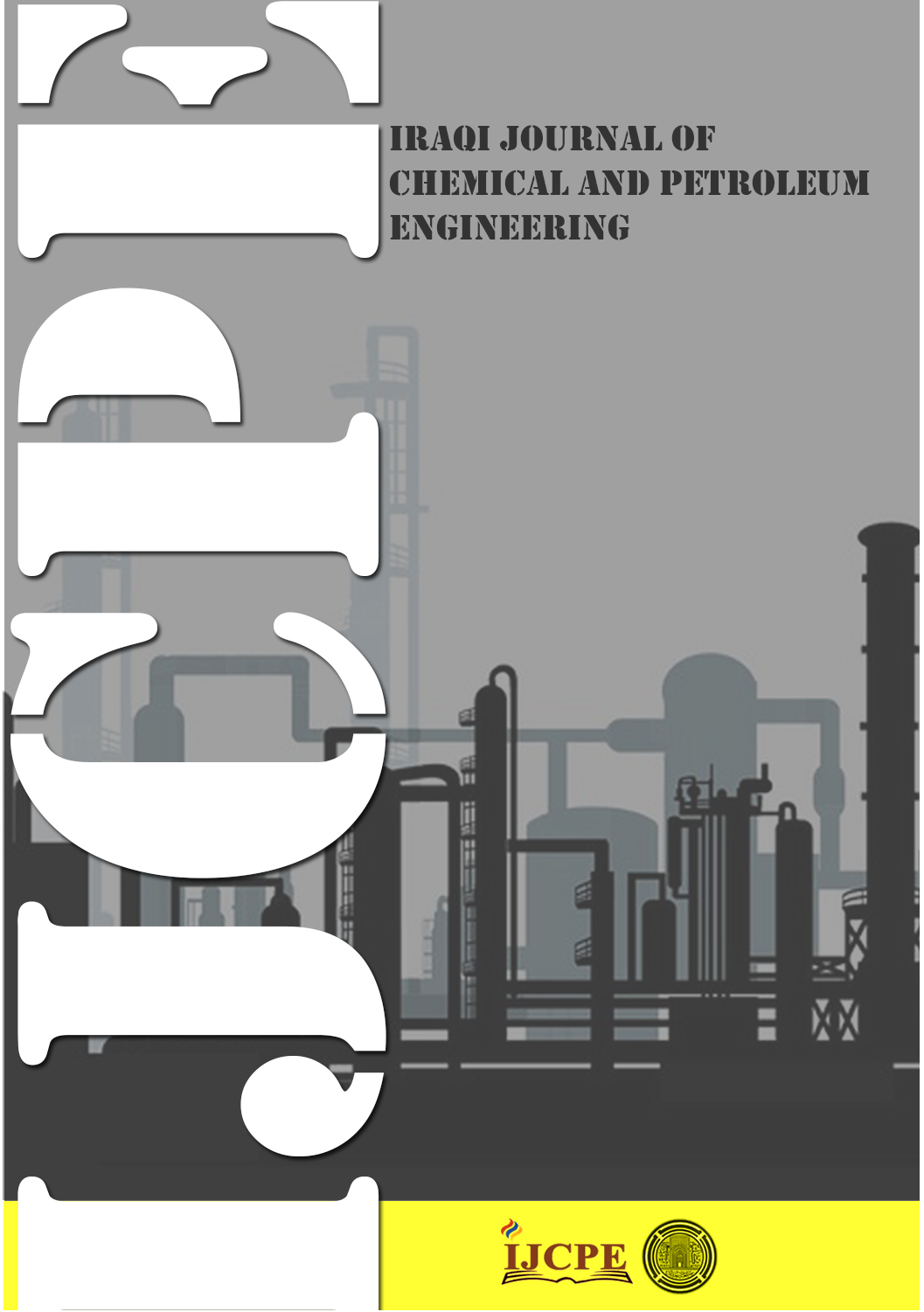Abstract
Drag has long been identified as the main reason for the loss of energy in fluid
transmission like pipelines and other similar transportation channels. The main
contributor to this drag is the viscosity as well as friction against the pipe walls, which
will results in more pumping power consumption.
The aim in this study was first to understand the role of additives in the viscosity
reduction and secondly to evaluate the drag reduction efficiency when blending with
different solvents.
This research investigated flow increase (%FI) in heavy oil at different flow rates (2
to 10 m3/hr) in two pipes (0.0381 m & 0.0508 m) ID By using different additives
(toluene and naphtha) with different concentrations (2, 4, 6, 8 and 10) wt. % at 35ᵒ C.
The results of this study showed the following:
Increasing values of Dr% and FI% for all drag reducing agents with heavy oil.
Increasing values of Dr% with increasing of Reynolds number, fluid velocity and
additive concentration.
With the larger pipe diameter, performances of drag reduction occur is much better
than smaller pipe diameter.
The additives (toluene and naphtha) reduce the high viscosity of used heavy oil.
Naphtha is more efficient as viscosity reducer than toluene. Finally, all these
results help the understanding of the flow properties of heavy oils and aim to
contribute to the improvement of their transport.
transmission like pipelines and other similar transportation channels. The main
contributor to this drag is the viscosity as well as friction against the pipe walls, which
will results in more pumping power consumption.
The aim in this study was first to understand the role of additives in the viscosity
reduction and secondly to evaluate the drag reduction efficiency when blending with
different solvents.
This research investigated flow increase (%FI) in heavy oil at different flow rates (2
to 10 m3/hr) in two pipes (0.0381 m & 0.0508 m) ID By using different additives
(toluene and naphtha) with different concentrations (2, 4, 6, 8 and 10) wt. % at 35ᵒ C.
The results of this study showed the following:
Increasing values of Dr% and FI% for all drag reducing agents with heavy oil.
Increasing values of Dr% with increasing of Reynolds number, fluid velocity and
additive concentration.
With the larger pipe diameter, performances of drag reduction occur is much better
than smaller pipe diameter.
The additives (toluene and naphtha) reduce the high viscosity of used heavy oil.
Naphtha is more efficient as viscosity reducer than toluene. Finally, all these
results help the understanding of the flow properties of heavy oils and aim to
contribute to the improvement of their transport.
Keywords
drag reduction.
heavy oil
